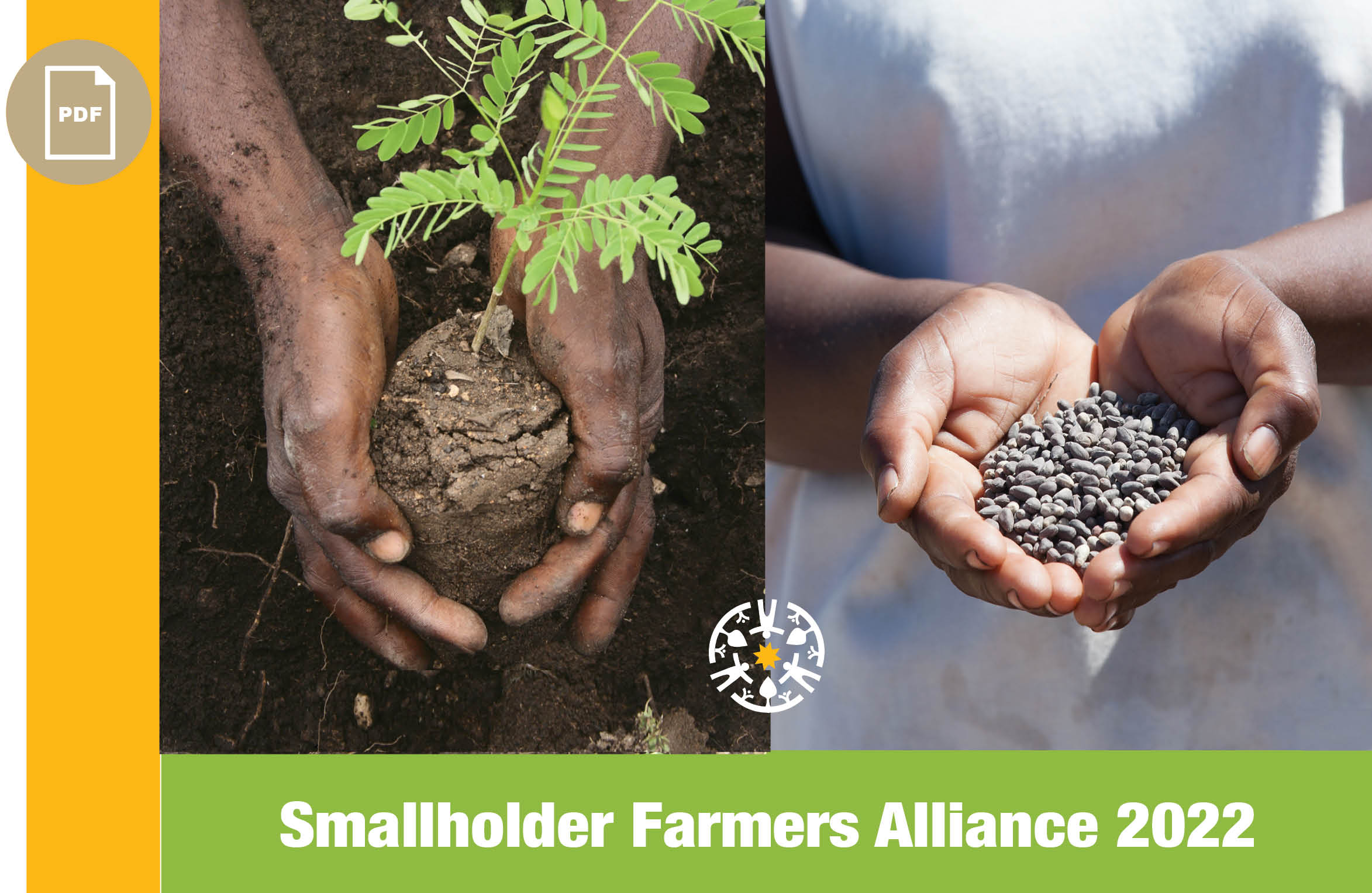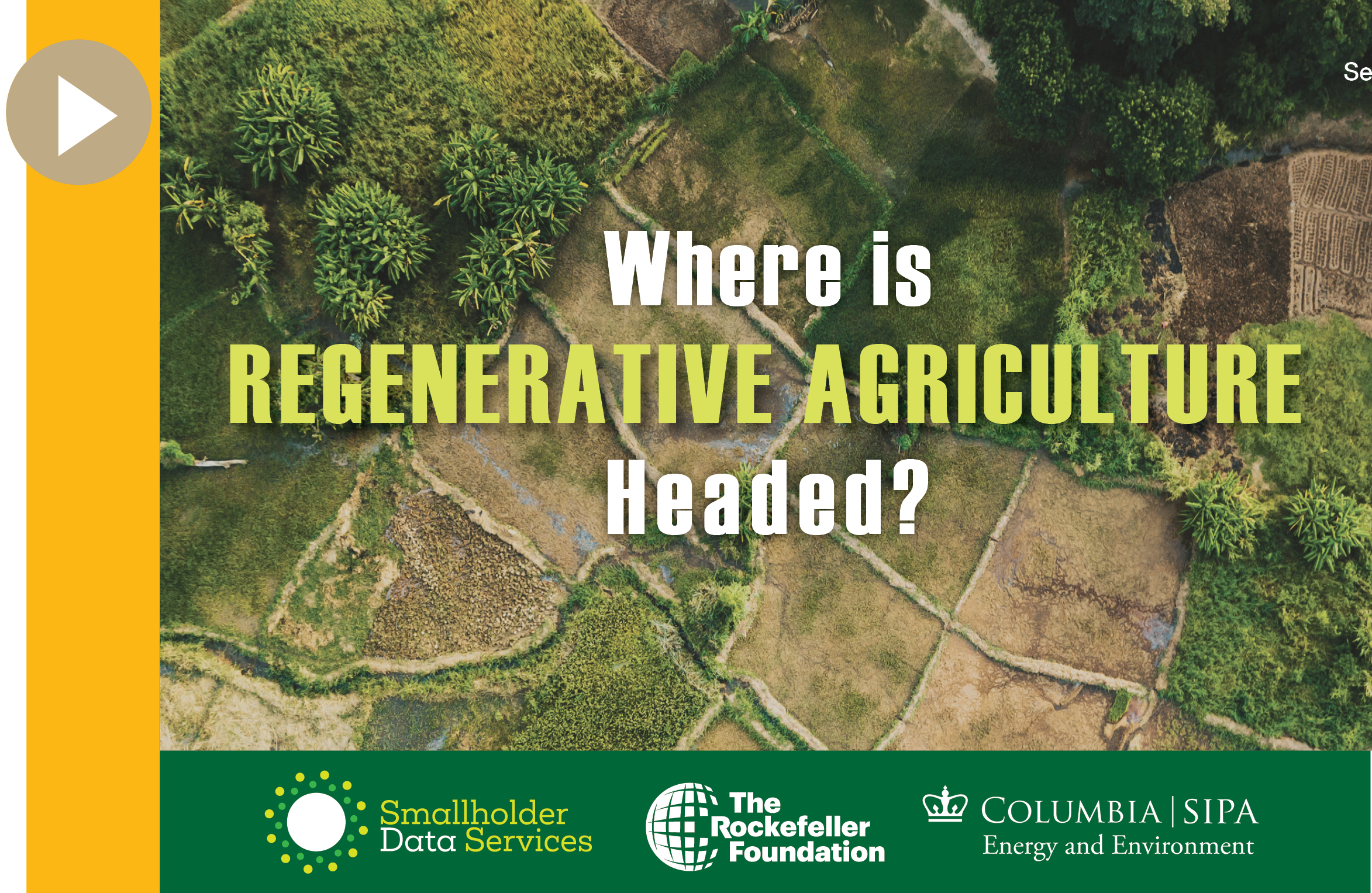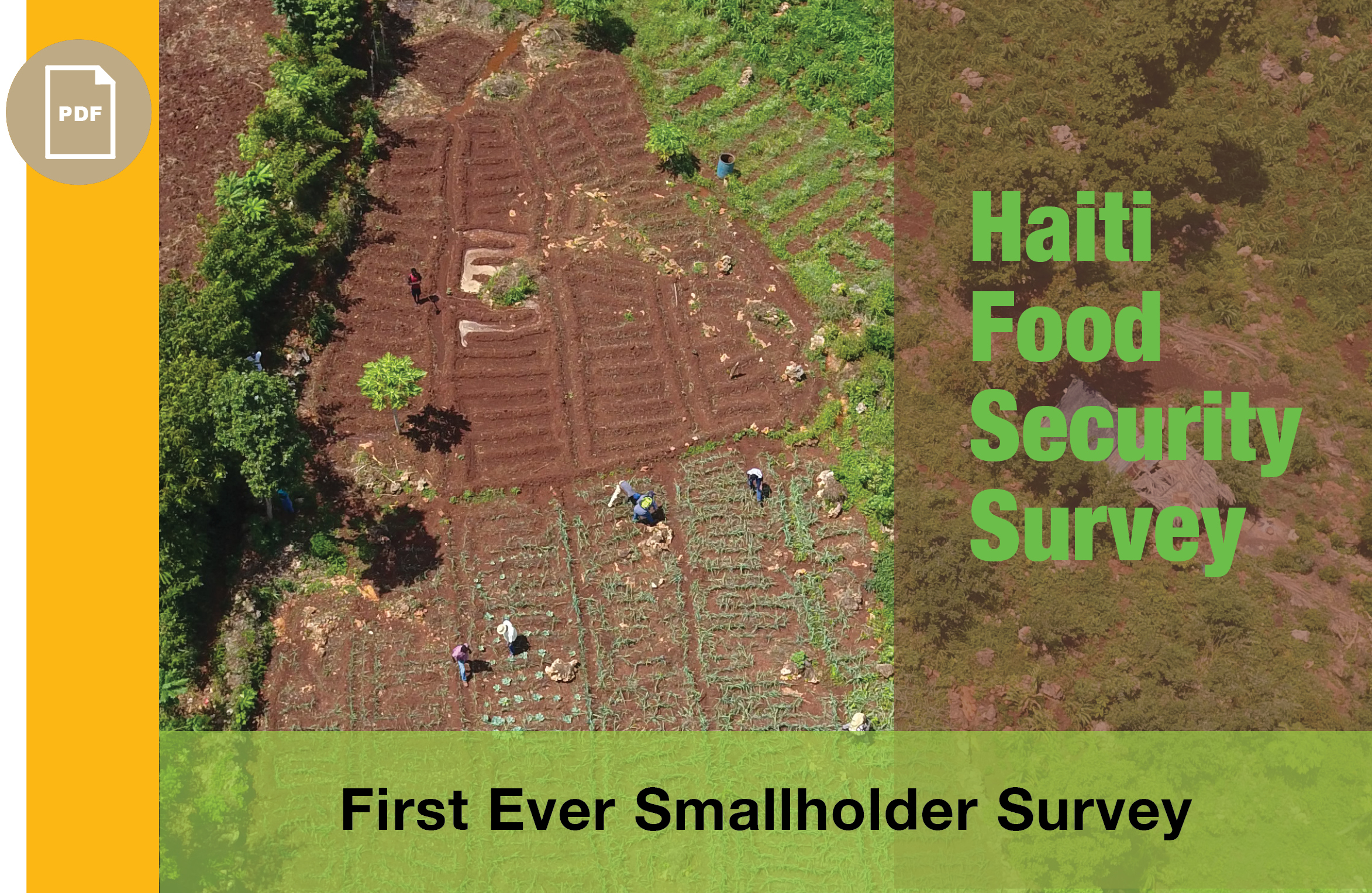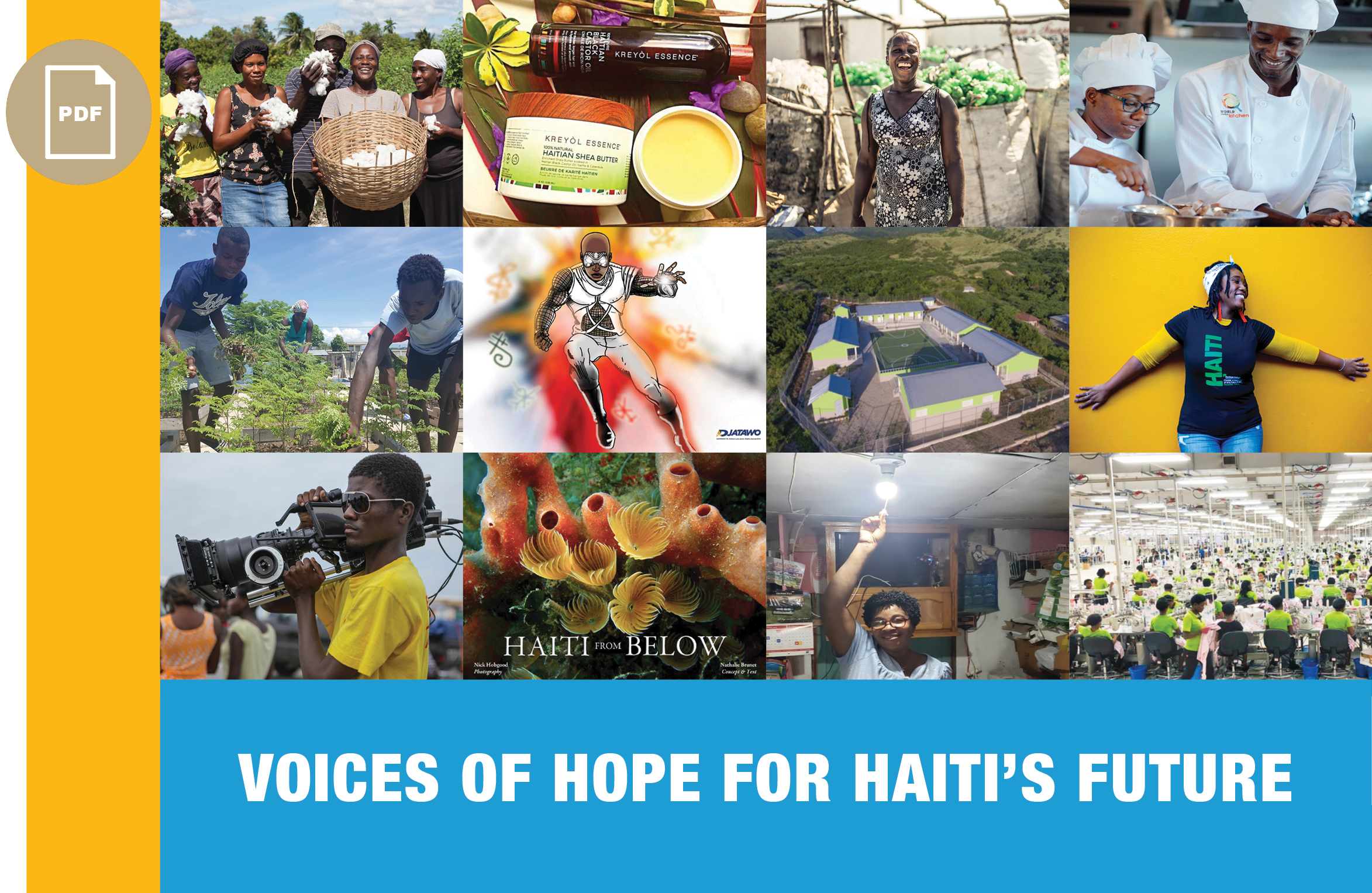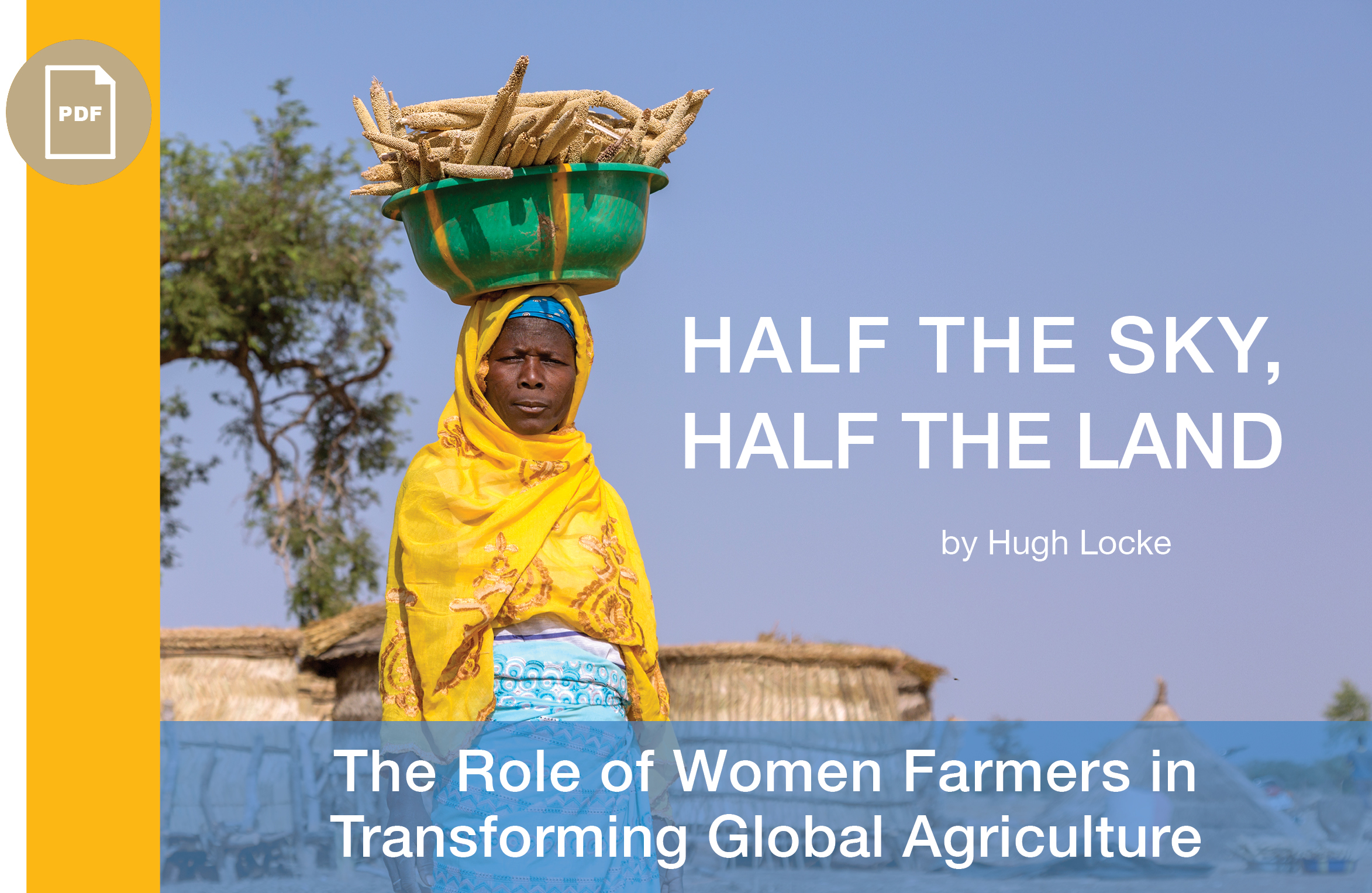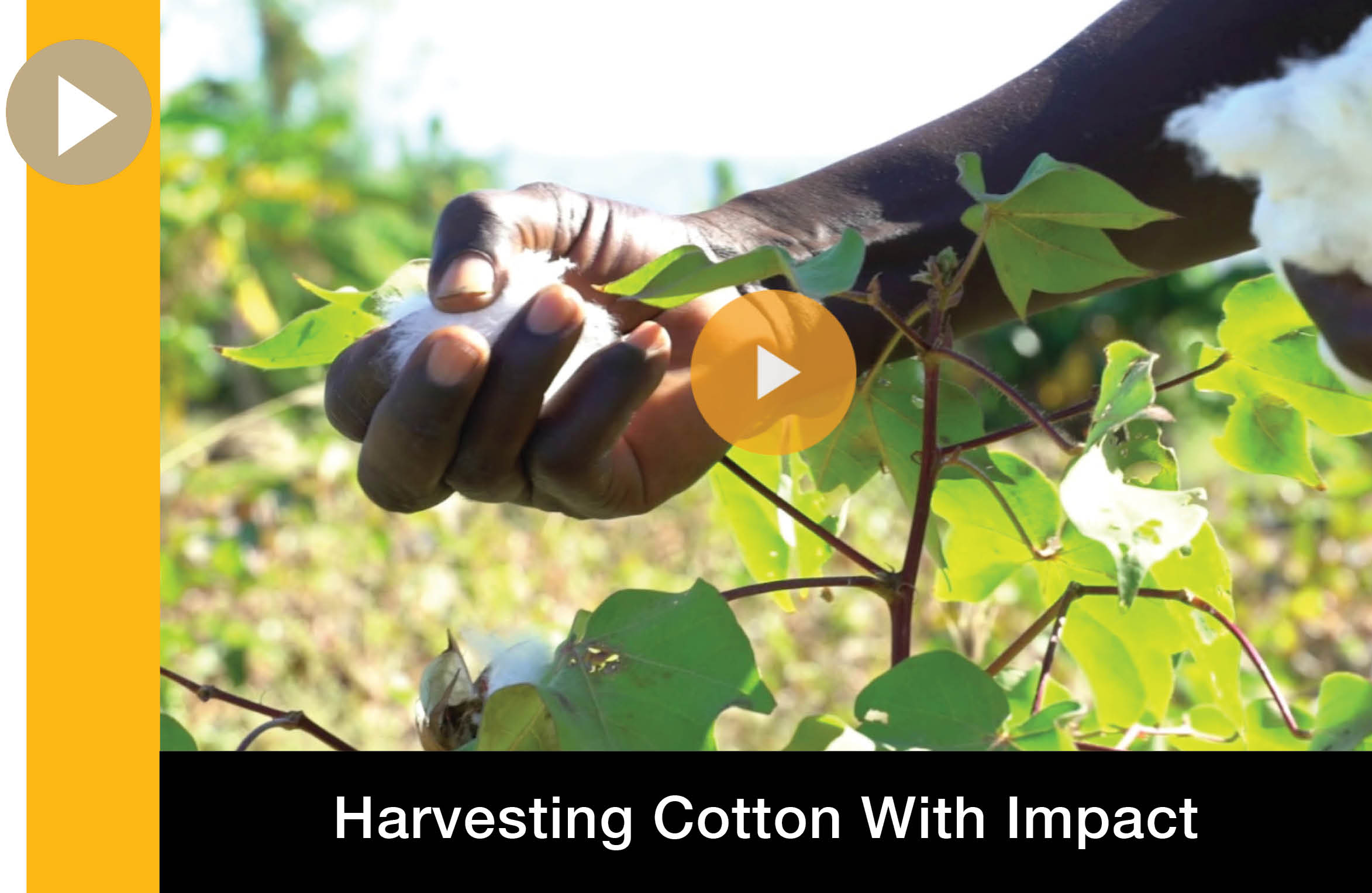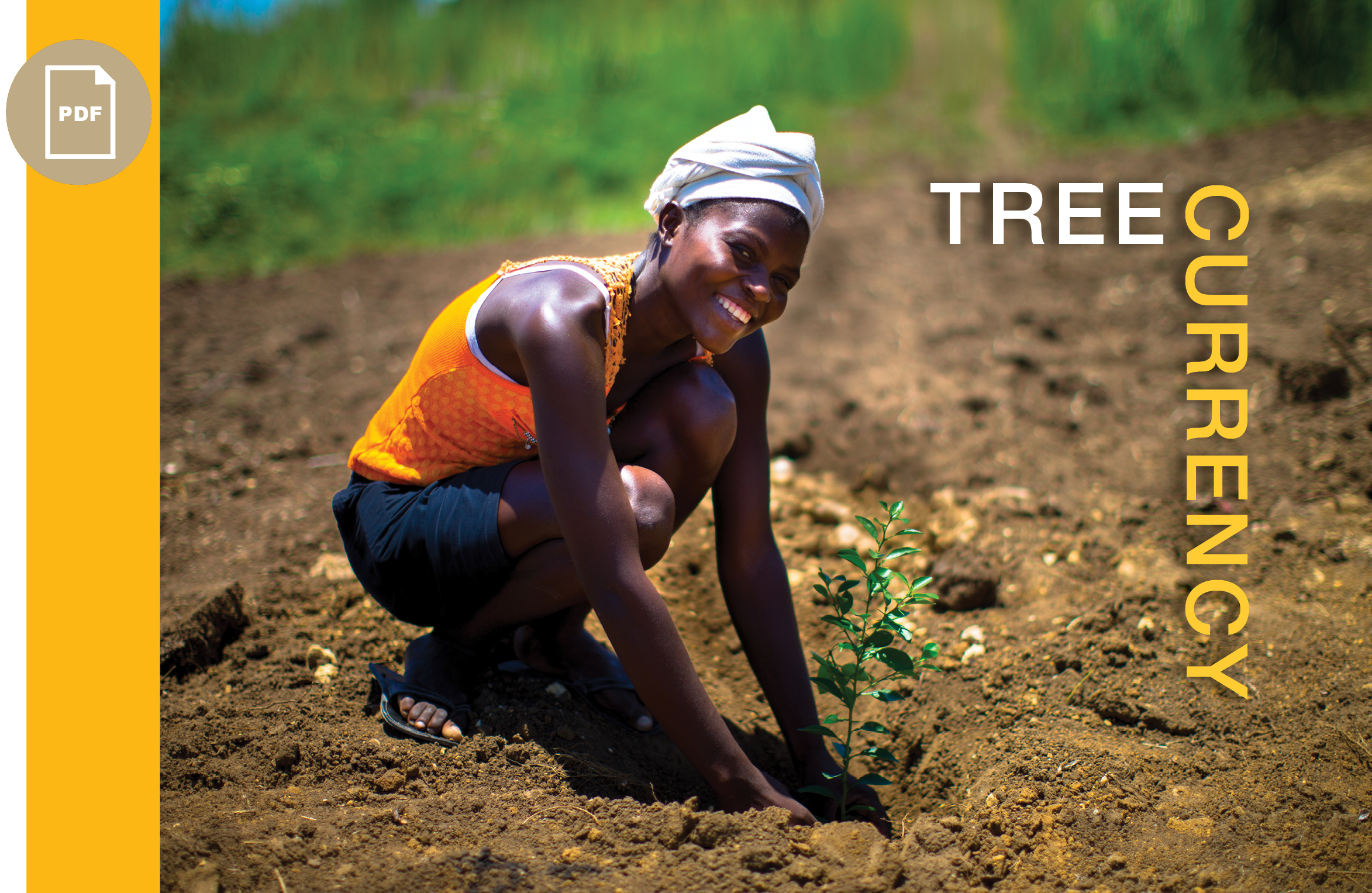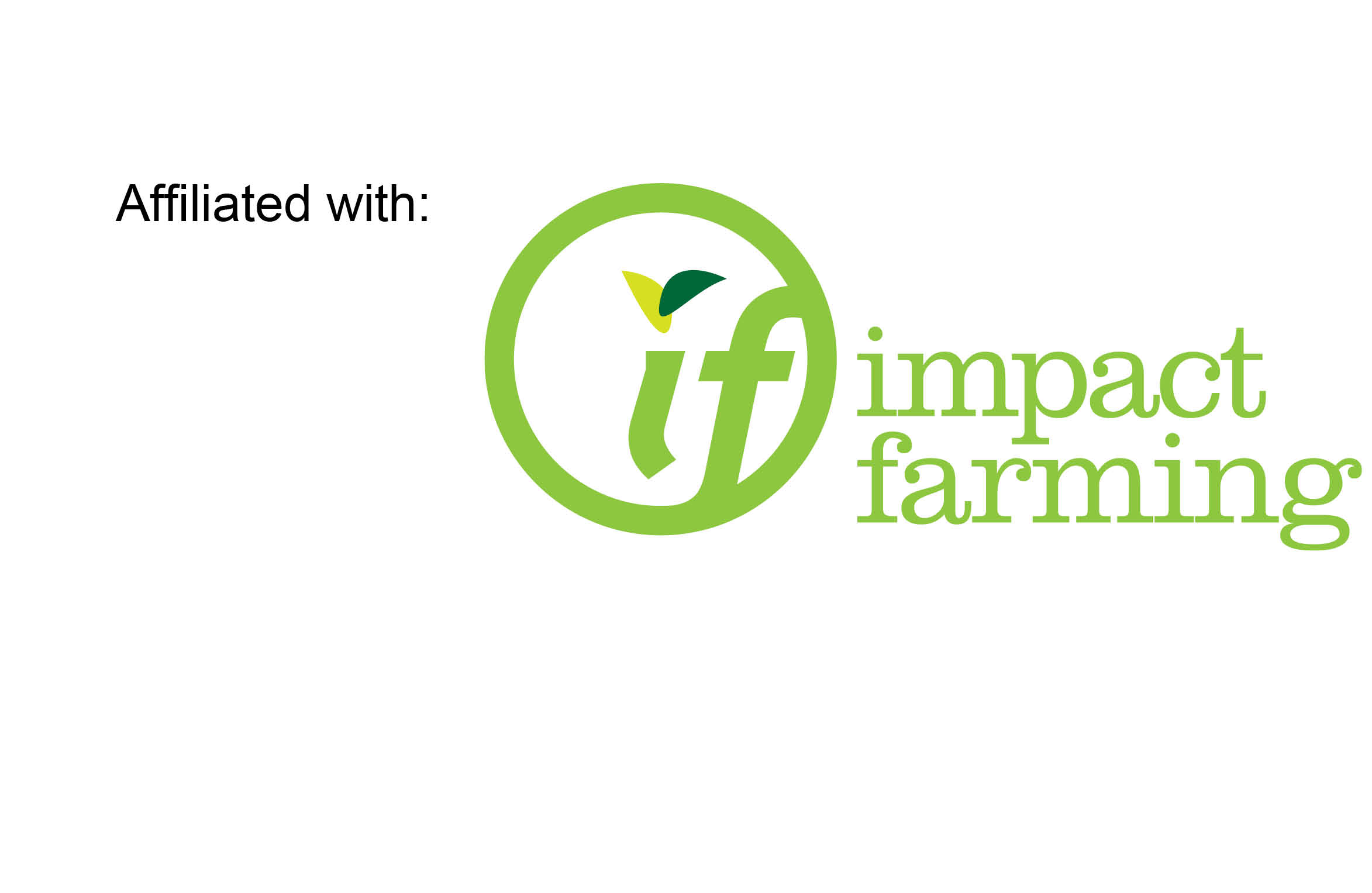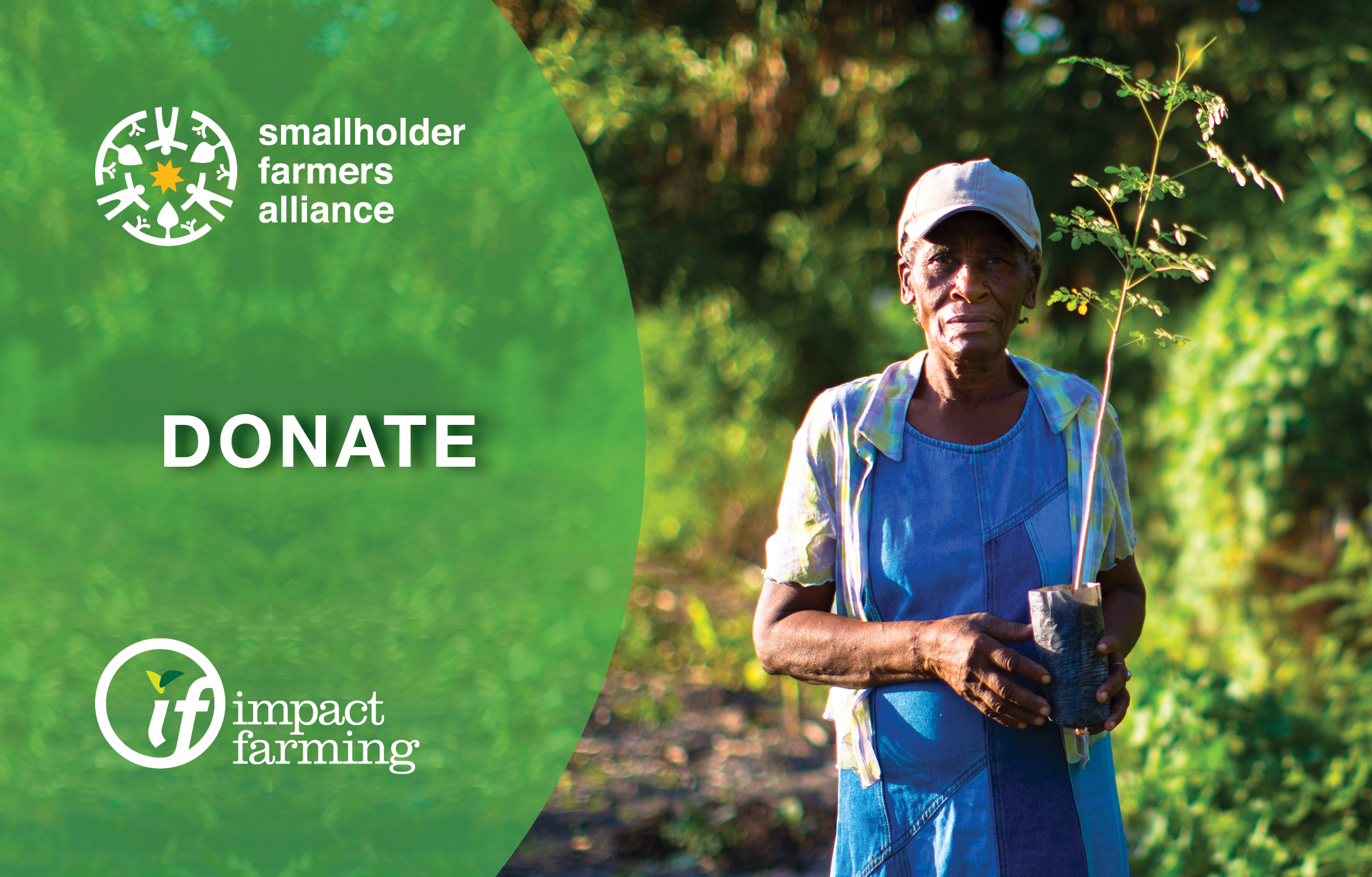 Saturday, March 2, 2013 |
Saturday, March 2, 2013 |  Hugh Locke
Hugh Locke Charcoal Making 101
 Philippe is typical of farmers throughout Haiti who supplement their income by producing charcoal.
Philippe is typical of farmers throughout Haiti who supplement their income by producing charcoal.
The pile of wood in front of him will sell for around US$10 as charcoal when he is finished.
We all know that Haiti runs on charcoal. I ran across a farmer last week in Haiti who agreed to show me how it is made. He introduced himself as Philippe. In front of him in the photo above is a pile of wood he had gathered, and next to it is a pile of green leaves. His technique was to put the leaves on top of the wood and then add a thin layer of earth on top of that. Philippe then made a small hole at the base of this construction and lit the fire, explaining that it would continue to burn for two to three days. The combination of leaves and earth makes the enclosure into a kind of kiln so that the wood, because of the high heat and minimum oxygen, turns to charcoal rather than to ash. Philippe told me he expects to get around US$10 when he sells the resulting charcoal in the local market.

